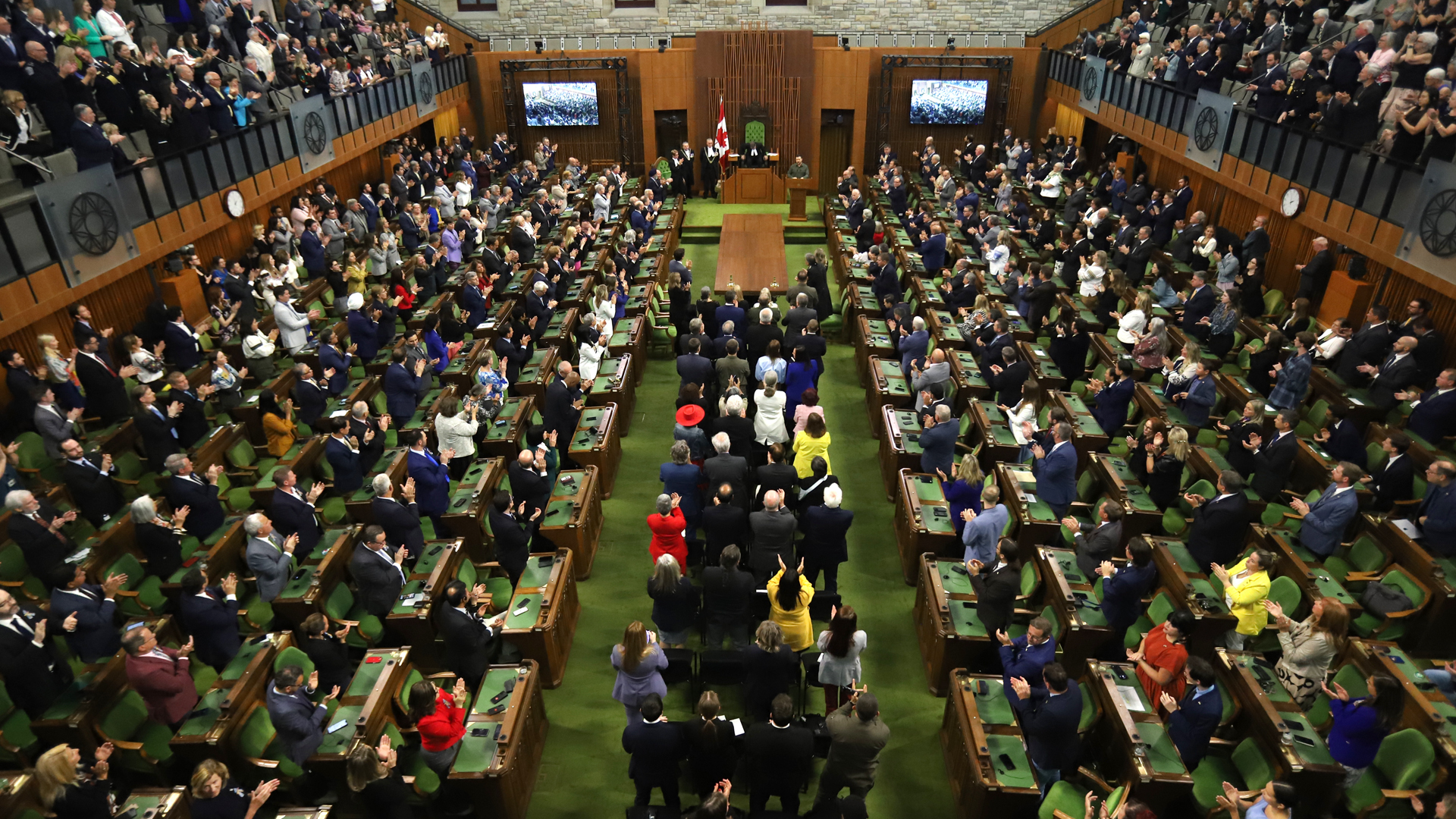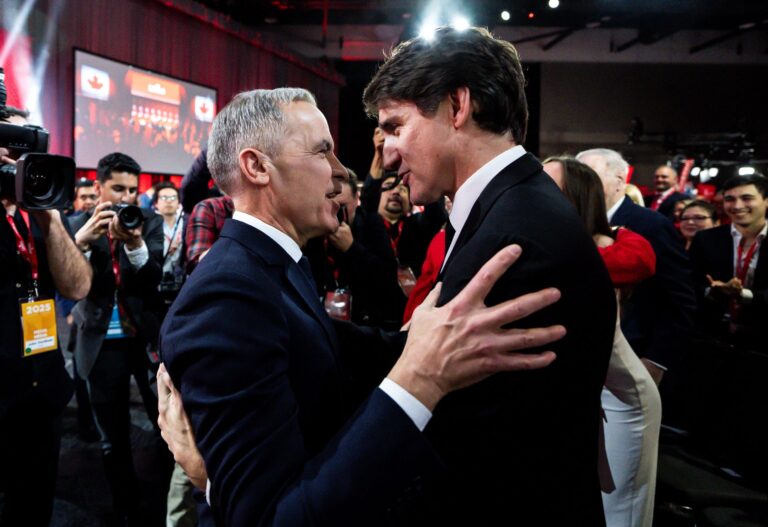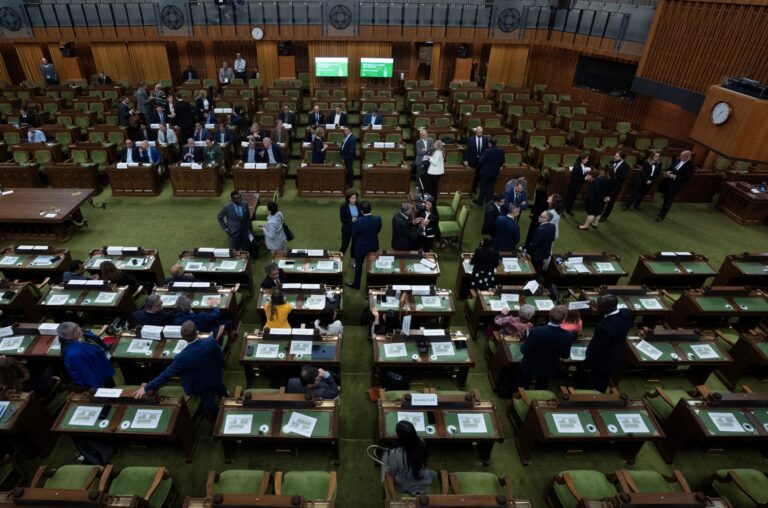(Version française disponible ici)
For the past quarter-century, federal elections in Canada have more often resulted in minority governments than majorities. Far from being an electoral anomaly, this trend has led to a lasting transformation of the country’s partisan politics. However, our parties and institutions continue to function as if majority governments remain the order of the day.
The 2025 federal campaign at first seemed like a perfect storm of factors for the creation of a majority government. The contest came down to which of the two major parties, the Liberal Party of Canada (LPC) or the Conservative Party of Canada (CPC), voters found most capable of responding to the crises of the moment. Together, the two parties received a combined 85 per cent of the popular vote, a sum not seen since Diefenbaker’s landslide in 1958.
And yet, Canadians woke up to a third consecutive Liberal minority government the day after the April 28 election. This result stood in sharp contrast to the seat projections of popular sites like Canada 338 or CBC/Radio-Canada’s Poll Tracker, which showed the Liberals comfortably in majority territory.
This outcome, far from being surprising, is rather part of a trend that began at the turn of the millennium. Between 1945 and 1997, two-thirds of elections resulted in majority governments. Since 2000, the proportion has reversed: two-thirds of federal elections now result in minority governments.
Increasingly fragile majorities
Moreover, the majority governments formed since the early 2000s are clearly more fragile in their parliamentary position. From 1945 to 1997, majority governments had, on average, about 12 per cent more seats than the threshold required for a majority in the House of Commons. Since 2000, majority governments have averaged only about five per cent above this threshold.
How do we explain this fragility? The response is simple: the Canadian political landscape is fragmented among multiple parties. The Bloc Québécois, present since the 1990s, joins the continued presence of the New Democratic Party (NDP) and other options, such as the Green Party of Canada (GPC) and the People’s Party of Canada (PPC), offering voters a plethora of choices when casting their ballots. This is clear when examining the “effective number of parties,” a measure created by political scientists Markku Laakso and Rein Taagepera, which indicates the number of significant players in a party system over time.
Since 1997, the effective number of parties has averaged 3.56, clearly indicating a political space shared by more than just two parties. The 2025 federal election stands out for being lower than this average. Nevertheless, the general portrait is clearly one of a diversified political environment.
Even though the Liberals and the Tories remain dominant, they are not the only parties in the game. Even in 2025, when voters consolidated behind the two major parties, the effective number of parties remained higher than a pure duopoly. The 2025 federal election was further exceptional for the two major parties due to the unique circumstances of the campaign.
A durable multi-party democracy
There is little chance that the same phenomenon will be repeated the next time voters go to the polls. It is considerably more likely that we will see a reversion to the mean: the existence of multiple viable parties that has characterized federal politics for the past two decades, along with the minority governments they produce in our system.
Politicians need to listen to their voters. This is the cornerstone of all representative democracies. Since the 2000s, voters have clearly indicated their preferences. They have repeatedly voted for multi-party democracy and for minority governments in the House of Commons.
Moreover, the popularity of fixed election date laws across Canada and the unpopularity of snap elections indicate Canadians want politicians to make minority governments work effectively. Our parties and politicians do not seem to have understood the message voters have sent.
This new normal of recurring minority governments is characterized by dysfunctional parliamentary politics – minority governments throwing their weight around as if they held a majority, constant non-confidence votes, threats of snap elections, and permanent campaigning by all parties. None of these strategies improve the efficacy of minority governments or make a future majority more likely.
Adapting to the new normal
The era of permanent minority governments calls for adapting the practices and procedures of Parliament. While minority governments can function, they clearly lack the stability of majorities.
Confidence and supply (CAS) agreements, such as the one between the LPC and NDP during the 44th Parliament, offer one solution. They would benefit from being more formalized going forward.
Such agreements demonstrate their efficacy in promoting governmental stability: without NPD support, the Trudeau government would probably not have survived as long as it did, as evidenced by its increasing fragility after Jagmeet Singh tore up the agreement in the fall of 2024.
Towards a more proportional electoral system
However, this adaptation flies in the face of current partisan realities. It is difficult to imagine a CAS agreement other than between the LPC, NDP, and possibly the BQ and GPC. For such arrangements or other possibilities for parliamentary stability to be accepted, our politicians and parties must reduce the politics of confrontation that so characterizes life on Parliament Hill.
This status quo of minority governments has persisted for at least a quarter of a century. In the vast majority of elections since 2000, voters have chosen multi-party democracy and minority governments at the federal level.
It is time to adapt the practices and procedures of parliamentary life to this structural reality. A change to a more proportional electoral system could help politicians finally come to terms with this new normal.
This article is part of a series on political leadership and trust. Click here to read more.













